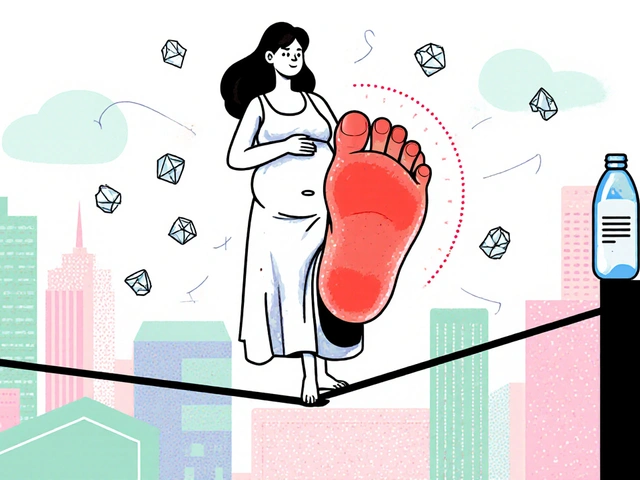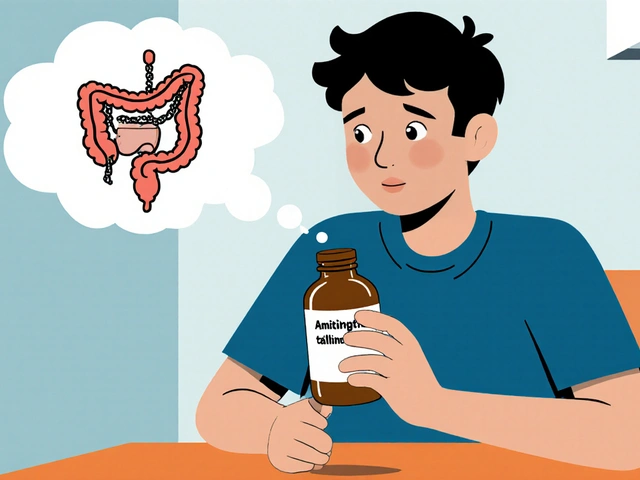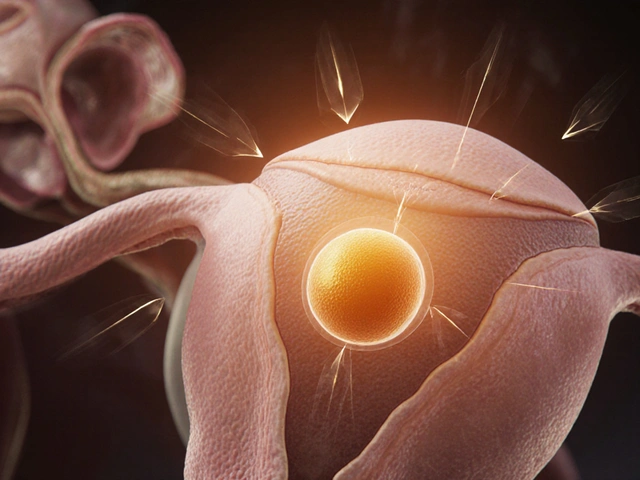Epilepsy: Practical Guide to Symptoms, First Aid, and Treatment
Have questions about epilepsy? You’re not alone. Epilepsy means a tendency to have repeated seizures. Seizures look different depending on the person. Some cause a blank stare or twitching in one hand. Others cause full-body convulsions and loss of awareness. Spotting patterns and knowing what to do matters more than fear.
What to watch for and common triggers
Watch for sudden changes in awareness, shaking, confusion, or odd sensations. Keep a simple seizure diary: date, length, what happened before and after. That helps your doctor figure out the type of epilepsy. Common triggers include missed medication, lack of sleep, strong alcohol use, and extreme stress. For a small group, flashing lights or certain patterns trigger seizures—ask your provider about photosensitivity if you suspect it.
Not every faint or blackout is epilepsy. A medical checkup, an EEG, and often an MRI help confirm the diagnosis. Tests guide treatment choices and show if surgery or devices might help when medications don’t fully control seizures.
First aid that actually helps
If someone is having a convulsive seizure: stay calm, time it, place something soft under their head, and gently roll them onto their side once shaking stops. Don’t try to hold them down or put anything in their mouth. Call emergency services if the seizure lasts more than 5 minutes, if one seizure follows another, or if the person is injured, pregnant, or has trouble breathing after the seizure.
For non-convulsive seizures (blank staring), speak calmly and stay with the person. Most seizures end on their own. If a doctor prescribed an emergency rescue medication (like buccal or rectal benzodiazepine), follow their instructions precisely.
Medication is the main treatment. Common drugs include levetiracetam, lamotrigine, carbamazepine, and valproate. Each drug works differently and has its own side effects. Talk openly with your neurologist if you notice mood changes, tiredness, or other side effects. Don’t stop medication suddenly—withdrawal can trigger more or worse seizures.
If medicines don’t work, other options exist: ketogenic diet, vagus nerve stimulation (VNS), responsive neurostimulation (RNS), or epilepsy surgery. These are serious choices and need evaluation at a specialist center.
Practical daily tips: set pill reminders, prioritize sleep, limit heavy drinking, wear medical ID if you’re at risk, and tell friends or coworkers what to do during a seizure. If you drive, check local rules—many regions require seizure-free periods before you can drive again.
Living with epilepsy also means caring for your mental health. Anxiety and depression are common. Talk therapy, support groups, and peer connections help. Plan pregnancy with your doctor—some anti-seizure drugs affect fetal development, so doctors tailor treatment before conception.
One small action—tracking seizures and side effects—gives your team powerful info. If you’re worried about access to medication, ask your provider about prescription options and safe ways to order refills. Epilepsy can feel scary, but practical steps and good medical support make a real difference every day.

This article explores the surprising role of SV2A, a protein previously famous for epilepsy treatment, and its emerging significance in psychiatric and neurodegenerative disorders. Learn how SV2A-targeting therapies, originally made for seizures, are now being tested for conditions like depression, schizophrenia, and Alzheimer’s disease. The article reviews what science reveals about SV2A in the brain and why it’s catching the attention of drug developers. Find practical tips, real stats, and an honest look at the future of SV2A-based treatments. Packed with hands-on insights, the article makes the latest neuroscience research easy to understand for everyone.
Continue Reading




